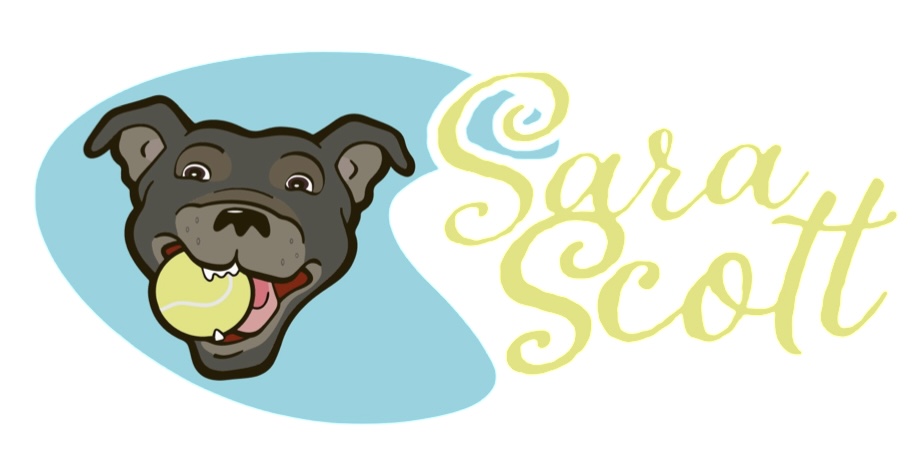Reward placement is a vital yet often overlooked skill in dog training. It involves not just what reward you give, but the precise physical positioning of the reinforcer to clearly mark and shape behaviors. Mastering strategic reward placement boosts training clarity, engagement, and success. Let’s explore proper technique.

What is Reward Placement?
Reward delivery refers to the exact positioning of a reinforcer like food or toy access to mark a behavior. For example, lowering and placing a treat between a dog’s front paws for a proper “down” after giving the down cue, or delivering the reward above a dogs head in an obedience heel position to encourage a heads up heel position in time. Dogs tend to put their mouths where they believe cookies will appear. This can be helpful or harmful to your training depending on how you harness it.
Optimal delivery and placement draws the dog into the right physical position and is least disruptive to the behavior flow. Delivering rewards artfully is a skill trainers constantly hone.
Why Placement Matters
Poorly positioned rewards can inadvertently create different behavior than originally intended. For instance, poorly placed treats may encourage sloppy leash walking or fragile down stays. Conversely, strategic delivery strengthens and solidifies behavior precision.
Consistent delivery also builds anticipation and engagement. Dogs start eagerly offering behaviors if they trust the reward will come each time. Artful delivery is like grammar in language - it clarifies communication.
Strategic Placement Examples
Down Stay: Placing the treat on the floor between paws keeps elbows planted and dog securely in a down. Feeding from your hand to their mouth risks the dog popping up as they attempt to meet you half way.
Looping: The dog sits, you toss the treat, the dog stands to get it, then is ready to sit again. The tossed food delivery sets the stage for the dog to perform the target behavior again.
Leash Walking: Deliver the reward above the dog's head to encourage more engagment and looking upward. Deliver the reward by placing in on the ground next to your foot to encourage more downward looking, sniffing and closeness to your leg.
Mastering Delivery
Like any skill, proficient reward delivery improves with mindful practice and video review to hone timing and positioning. Observe how subtle delivery tweaks impact dog responses overtime.
While often overlooked, artful reward delivery is a critical piece of training fluency. Using strategic reward positioning will take your training to the next level. Delivering with expertise provides the feedback dogs crave to light up learning.
Want to take your training skills to the next level by honing your reward placement expertise? As a certified dog trainer, I can help you master this vital ability through customized hands-on lessons tailored to you and your dog's unique needs.
Proper reward placement is often the missing piece that finally unlocks a behavior for so many dogs. Let's schedule a consultation to discuss how I can guide you on implementing strategic reward delivery that clearly communicates, ignites your dog's enthusiasm, and cements new skills.
Click here to learn more about my personalized training programs focused on providing you the knowledge and hands-on skills to become a proficient, observant trainer.
